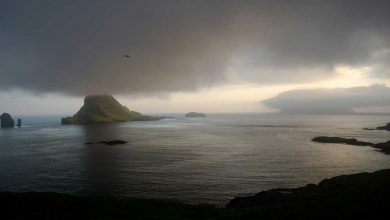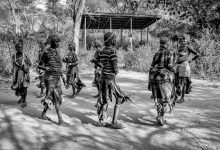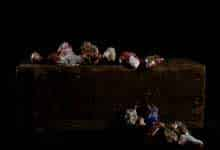For millenniums, humans have exceeded their biologically determined limits and have increasingly developed the ability to act and function on the basis of intellect, reason, and structured thinking. Memory, language, and the development of civilization have been fundamental in the writing of History, and all of the above have been intrinsic features of human culture. However, history suggests that the development of human societies is full of contradictions and paradoxes: all too often, despite human achievement and wisdom, development has walked hand in hand with exploitation, crisis and abuse.

The word heterotopia literally translates as the “other” space (Eteros-Topos) signifying the mirror image of something authentic, at the same time existent and fictional. Worlds that humans create within worlds. Michel Foucault’s Heterotopia is the point where Utopia meets reality. Space is quite often perceived beyond its three-dimensional geographic connotation. Geographer Edward Soja describes the ‘third space’ as a space of experience, while Italo Calvino speaks of an entire world of interactions and allegoric interwoven threads which “mark relationships of blood, trade, authority…” and keep life together.

Gardens, cemeteries, monuments, and urban settlements are typical samples of worlds within worlds, where society’s rules and norms are reframed, their original identity and properties reestablished. By examining such spaces where underlying relationships of culture and power are reframed, «Heterotopia» attempts an insight into the narrative and the contradictions of Israel’s development.

The ancient geological formation of the Mitzpe Ramon crater in the Negev desert is a chronological as well as conceptual starting point, while a fireplace in the middle of the desert represents the unbroken, interconnecting human circle –a fundamental shape in the history of civilization– reveals the primeval formation of human community, and essentially signifies the passage from savagery to civilization.

The enclosed reality of the utopian societies of the desert settlements, the Kibbutz, constitutes the epitome of the determination and faith of the first Kibbutzim, and the artificial microenvironments that they have created symbolise the absolute domination of the struggling human over the hostile desert. The miracle of the ancient garden is an archetypal manufactured reality and probably represents the most typical heterotopia, constructed to contain all species and life, portraying the absolute and unique metamorphosis of the barren and unhospitable desert into a fertile and thriving environment.

Equally, monuments and cemeteries do not simply commemorate historic or religious events and honour the past and the dead. They are selected sacred places whose symbolic purpose is to advocate the sense of belonging and common experience, to reproduce, strengthen, and often re-establish social norms and raise national consciousness. Likewise, the purpose of museums and cultural institutions extends beyond their role as temples of language and knowledge, for their function is to preserve and reproduce the worlds of ideas and the sense of shared history in association with community achievements. Thus, all these parallel manufactured worlds in worlds serve as keystones for collective memory and social consciousness.

The development and evolution of modern Israel reflects in an almost archetypal way how Man dominates over the natural environment and how archetypes of hegemony are created; but also how memory, trauma and achievement function as elements of consciousness. At the same time, those who have been actively and proudly engaged in the writing of the History of Israel might have been seduced by beauty and accomplishment and have neglected not only the consequences of development and progress, but also the cost of alienation, intellectual decline, and the crisis of ideas and values.

Overall, «Heterotopia» refers to the way in which the real world is built on worlds of ideas and desires, essentially to what has been accomplished in contemporary Israel in the name of the Promised Land. Yet, at the same time it urges the viewer to imagine the consequences of the instrumentalization of achievement and the impact of dominating the environment and to consider human loneliness and desolation in the ideological and ontological context of the new constructed reality.











